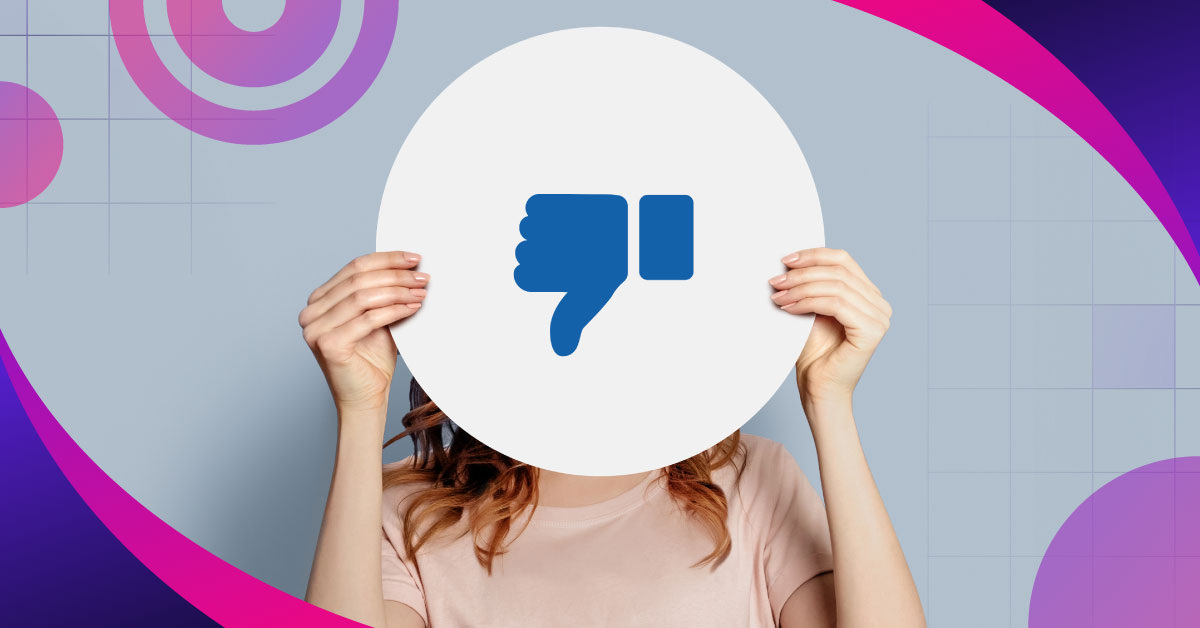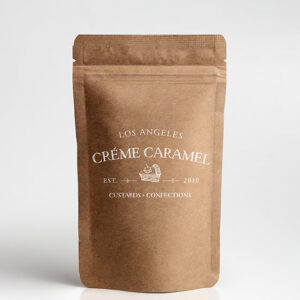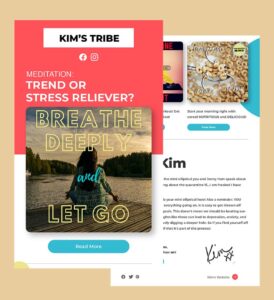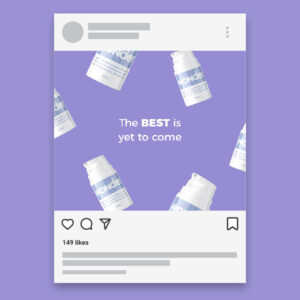
Facebook, once the king of social media, is now considered a relic as young people have abandoned it. According to Pew research, teens are less likely to use Facebook and Twitter (now known as X) than they were a decade ago. While many of its older users still cling on, the youth have bailed out. Let’s unravel the mystery and understand why young people have abandoned Facebook.
Table of Contents
- The Rise of Alternative Social Media Platforms
- Privacy Panic
- The Algorithm Apocalypse
- Facebook: The Uncool Parent of Social Media
- Mobile Madness and the Facebook Fail
The Rise of Alternative Social Media Platforms
One crucial reason for the youth’s abandonment of Facebook is the “shiny new toy syndrome.” The allure of new and exciting social media platforms is irresistible to young people. These platforms include Instagram, TikTok, and Snapchat. They offer a host of features and trends that captivate and enthrall them.
Although Facebook underwent several design changes, and it still does, it struggled to capture the attention of the youth. It seems that it wasn’t able to keep pace with the constant innovation of the newer platforms. The three platforms mentioned above weren’t just offering something new; they catered precisely to the evolving desires of the younger generation.
Below are a few features and captivating trends that other social media platforms have that Facebook struggles with:
- Ephemeral Content: Facebook posts are mostly permanent, unlike Snapchat, which introduced the concept of ephemeral content. This refers to posts that disappear after a set time, which resonated well with young users. This may be because they are more self-conscious about their online presence or crave the thrill of the fleeting moment.
- Short-Form Video: When TikTok introduced short-form video content, the youth quickly snapped it up. This is primarily because they are ideally suited for mobile consumption and have shorter attention spans.
- Interactive Features: Many of these new platforms incorporate interactive features such as quizzes, polls, and filters that offer a more playful and immersive experience.
- These newer platforms offer more than just selfies and silly filters. They tap into the younger generation’s deeper social and psychological needs.
- Self-Expression and Creativity: Instagram and TikTok allow users to express themselves creatively through photos, videos, and fashion choices. This gives them the power to explore and experiment with various aesthetics and curate their online persona.
- The Power of Connection: These other platforms boost users’ sense of connection with friends, influencers, and even strangers who share similar interests. They do this through direct messaging, which paves the way for more intimate communication.
- A Sense of Authenticity: These platforms offer content that is ephemeral, which can feel more authentic and less curated than Facebook’s.
In short, new features, better aesthetics, and improved user experience all conspired against Facebook.
Privacy Panic
There was a time when Facebook dominated all social media, toppling its predecessors and ruling over the kingdom of social networks. Then, series after series of high-profile data breaches and scandals came. Its dominance was quickly eroded by incidents involving misuse of user data for targeted advertising, political manipulation, and other unthinkable uses.
Since then, it has tarnished the platform’s reputation beyond repair, urging its users, particularly the younger generation, to become increasingly wary of sharing on it. Generation Z has grown up in the digital age, where data privacy is the top concern. They are the generation that is more demanding of control and inherently more privacy-oriented. Thus, they are less willing to compromise their privacy and security for convenience.
The Algorithm Apocalypse
Once upon a time, Facebook’s algorithm was the silent curator of connections. Then, it shifted in focus and moved toward maximizing ad revenues. This may be the vital force that alienated its young users. It led to a decline in organic reach when they saw fewer of their friends’ and families’ posts. They were then inundated with sponsored content, interrupting the natural flow of social interaction.
Furthermore, this reduced visibility hampered the chance to discover new interests, friends, and ideas. This shift away from genuine and organic experiences pushed its younger users into searching for platforms that prioritize human curation and authentic connections.
Facebook: The Uncool Parent of Social Media
Today, it seems that Facebook has become the “uncool parent” of social media. It is now perceived as an out-of-touch and out-of-style social networking platform. It is now associated with older demographics offering less relevant content. And this exact reason is what drives them away to look for platforms that align more with their aspirations and values.
Moreover, young people are becoming more drawn to platforms that reflect their interests and lifestyles. It has to be Instagram’s visually-driven aesthetics, TikTok’s short-form video entertainment, or Snapchat’s ephemeral nature. Evidently, Facebook is unable to replicate these features, resulting in the youth’s migration to the above platforms.
Mobile Madness and the Facebook Fail
Another reason young people abandoned Facebook may lie in the proliferation of smartphones. These and similar gadgets offer speed, convenience, and visual appeal, which have led to the transformation of the social media landscape. Platforms that excel in providing the best mobile experience gained traction, leaving behind those that lagged behind.
Once a giant in the desktop and laptop realm, Facebook faced challenges in adapting to a world that quickly became mobile-friendly. Its interface was optimized for larger screens, but it felt cumbersome and slow on smaller devices. Instagram and Snapchat were mainly designed with mobile devices in mind. Thus, they offered sleek and more intuitive experiences catered specifically to people with on-the-go lifestyles.
Final Thoughts
As with all kings, Facebook’s reign has diminished due to a number of reasons. A slew of factors was to blame: the rise of competing channels, privacy concerns, cultural shifts, algorithmic changes, and more. While it still continues to be the platform of choice for the older demographics, its relevance to the younger users may never be retrieved. It’s either sink or swim for this once-undisputed social media giant.
About the author

Celeste Zosimo
Celeste is a former traditional animator and now an SEO content writer specializing in graphic design and marketing topics. When she's not writing or ranking her articles, she's being bossed around by her cat and two dogs.


































